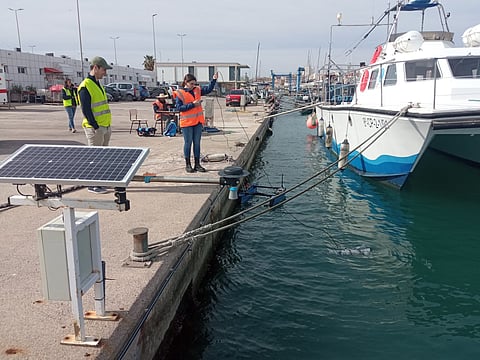The underwater robot, which can be used either autonomously or remotely operated, conducted its first visual inspection
La Autoridad Portuaria de Castelló
First 'Robotic Fish' tested in Spanish Port for aquaculture monitoring
The Port Authority of Castellón in Comunidad Valenciana, Spain, and the Research Center for Robotics and Underwater Technologies (CIRTESU) at Jaume I University, have tested the so-called "robotic fish" to monitor the newly installed structures aimed at re-naturalizing the port area.
Thanks to this collaboration agreement, the Port of Castellón will serve as an experimental environment ("sandbox") for marine robotics technologies development and validation.
Regarding this initiative, the President of the Port Authority, Rubén Ibáñez, said: "Our goal is to continue positioning the Port of Castellón as a benchmark in technological innovation and establish it as an ideal location for developing prototypes and innovative projects in a real port environment."
Its use in aquaculture
One of the prototypes developed is used to monitor animal welfare in aquaculture due to its excellent maneuverability in saltwater.
The next step is to advance the coordination between the robotic fish and the surface robot, using underwater wireless communication techniques (e.g., VLC and sonar).
In previous experiments, communication has already been established at distances of over 6.5 meters in saltwater without cables.
Visual Inspection of Submerged Structures
The underwater robot, which can be used either autonomously or remotely operated, conducted its first visual inspection. Its 2D and 3D cameras allow for close-range imaging of the structures in a semi-autonomous manner.
Additionally, a surface robot supporting the underwater robot was tested via remote control, aiming to improve communications and free the system from the umbilical cable to the control station.
Furthermore, this tool uses a new underwater stereo camera sensor developed by CIRTESU that enhances image quality in low visibility conditions and automatically detects points of interest using artificial intelligence (AI) techniques.


